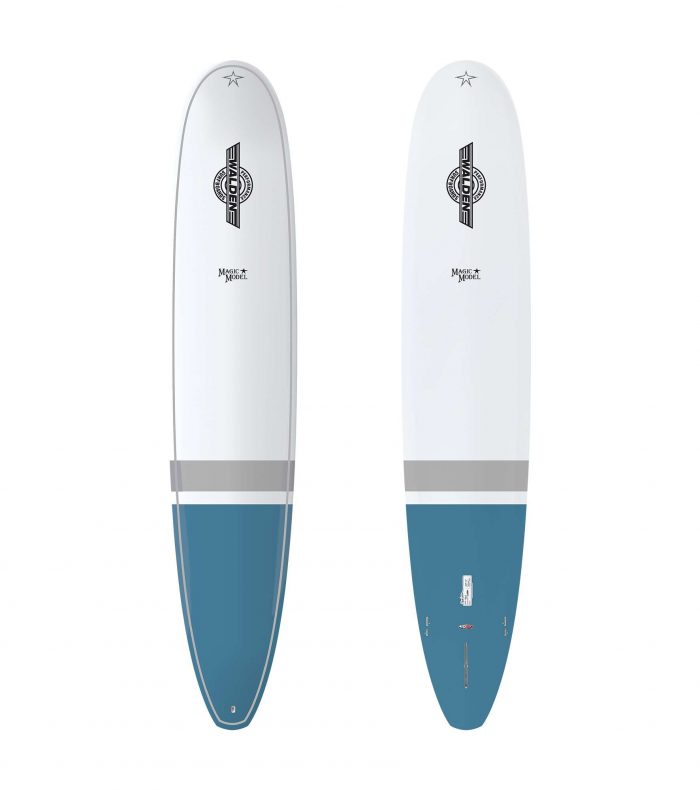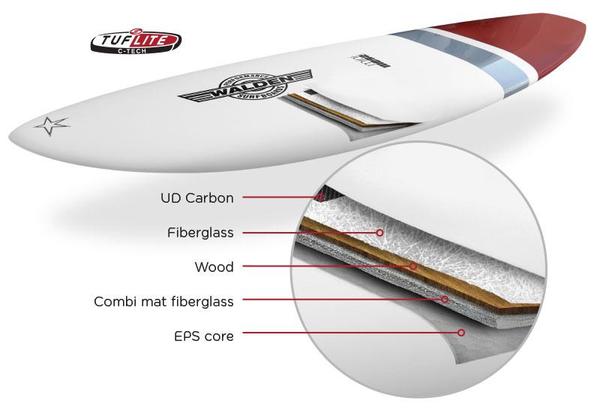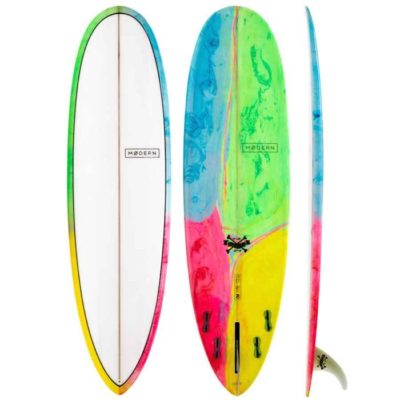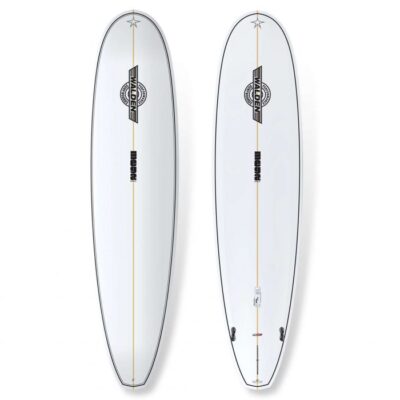Description
9’6 Walden Magic Model – Tuflite C-Tech – FCS II – 2 + 1 – Dark Blue
The MAGIC Model stands the test of time due to its versatility and unique design features. With an emphasis on performance, with a single concave running from the nose through to the midpoint creates lift and stability, which is perfect for controlled nose riding.
Walden surfboards come without fins and fin screws. The centre fin box is best suited for ROAM longboard fins, FCS screw and plate longboard fins and Futures longboard fins.
| Dimensions | Volume |
| 8’0” x 21 9/10” x 3” | 61.7 ltr |
| 8’6” x 21 9/10” x 2 9/10” | 63.2 ltr |
| 9’0” x 22 1/10” x 3 1/4″ | 73.9 ltr |
| 9’6” x 23 1/4″ x 3 3/10” | 86.3 ltr |
| 10’0” x 23 1/2″ x 3 9/10” | 92.1 ltr |
The Magic rocker, Magic rails, and the Magic hull, is very unique to Walden Surfboards, the front 1/2 of the hull is concave, this single concave transitions into a double concave in the rear and the back 1/3 transitions into a moderate “V”. The concave nose adds lift and stability, perfect for noseriding. The double concaved hull and hard rails make the board fast, stable, responsive and maneuvrable in all conditions. The Magic rails are hard, they tend to be harder than most other longboards, the unique bottom curves & bevels keep the rails from catching unlike most other hard rail boards.
Construction
Tuflite C-Tech Construction is a durable construction process which begins with a purpose moulded fused-cell EPS foam blank which is the exact size required for the particular board creating zero waste! The board is then laminated with a blend of fibreglass and epoxy with reinforced rails creating a lightweight and durable surfboard with lifelong flex and that ‘new board’ feel for its extended lifespan.




